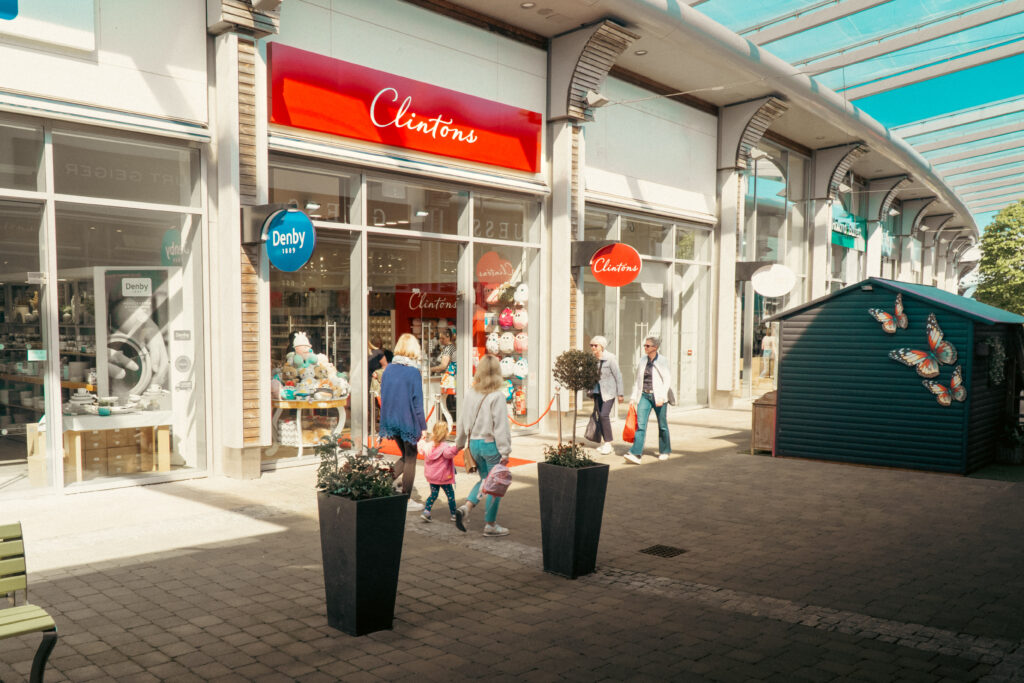The golden era of shaving products appears to be over. After years of carefully groomed ‘designer‘ stubble and sculpted sideburns and goatees, the new trend of unkept ‘hipster‘ beards is taking its toll on the sales of shaving products in Europe.
According to global market and shopper intelligence firm IRI, sales in shaving and hair removal products in Europe are down more than €90 million in year to March 2014 compared with the year before. Sales in shaving and hair removal were also one of the worst effected as a result of the financial crisis.
In 2013, Procter & Gamble (who own Gillette) reported that sales of Schick razors had dropped 10 per cent and for the first time ever men‘s shaving would no longer be the dominant category in the wider men‘s grooming sector. As the popularity of beards has grown, this problem has worsened.
According to Emily Mayer, Director at IRI, explained: “Men are changing their shopping habits as the popularity for facial hair grows. Many of us remember when beards, dodgy moustaches and sideburns were commonplace in the ‘70s… Now it seems they are making a return – but in a very cool way. Driven by hipsters and men in their twenties and thirties, as well as Hollywood types like Ben Affleck and Joaquin Phoenix, beards, moustaches and stubble are everywhere.”
It is a big challenge to recover growth on categories like shaving foams and gels or razors and blades. In France, for example, promotional investments and decreasing prices have been unable to reverse the negative sales trend.. Mix marketing levers are not always sufficient to go against a strong market trend like the so-called “beard effect”. But for those concerned about its impact on sales, the unshaven trend is “opening up new opportunities for innovation” in the male grooming market.
Emily Mayer at IRI added: “Retailers and manufacturers really need to be tapping into these trends and using them to increase their promotional activity, product selection and new product innovation. The hipster trend, for example, has been in full flow for some time, while the fuller beard is evolving into something more groomed, so it‘s an opportunity for retailers to sell male grooming kits, such as oils and beard trimmers, or to offer money-off purchases to savvy shoppers looking to save money on their favourite brands.”
The trend presents an opportunity for manufacturers to innovate and develop new products to meet the demand by consumers. Furthermore, research conducted by the University of New South Wales in April has offered hope to the industry. The University‘s report has found an explanation for the cyclical nature of the popularity of beards. Once beards become common, people tend to become more attractive to shaven men, and vice versa. In the study, participants were shown 36 images of men‘s faces. When confronted by a succession of bearded men, clean-shaven men become more attractive to them. Similarly, when shown a large number of clean shaven men, the beard regained its appeal.

















